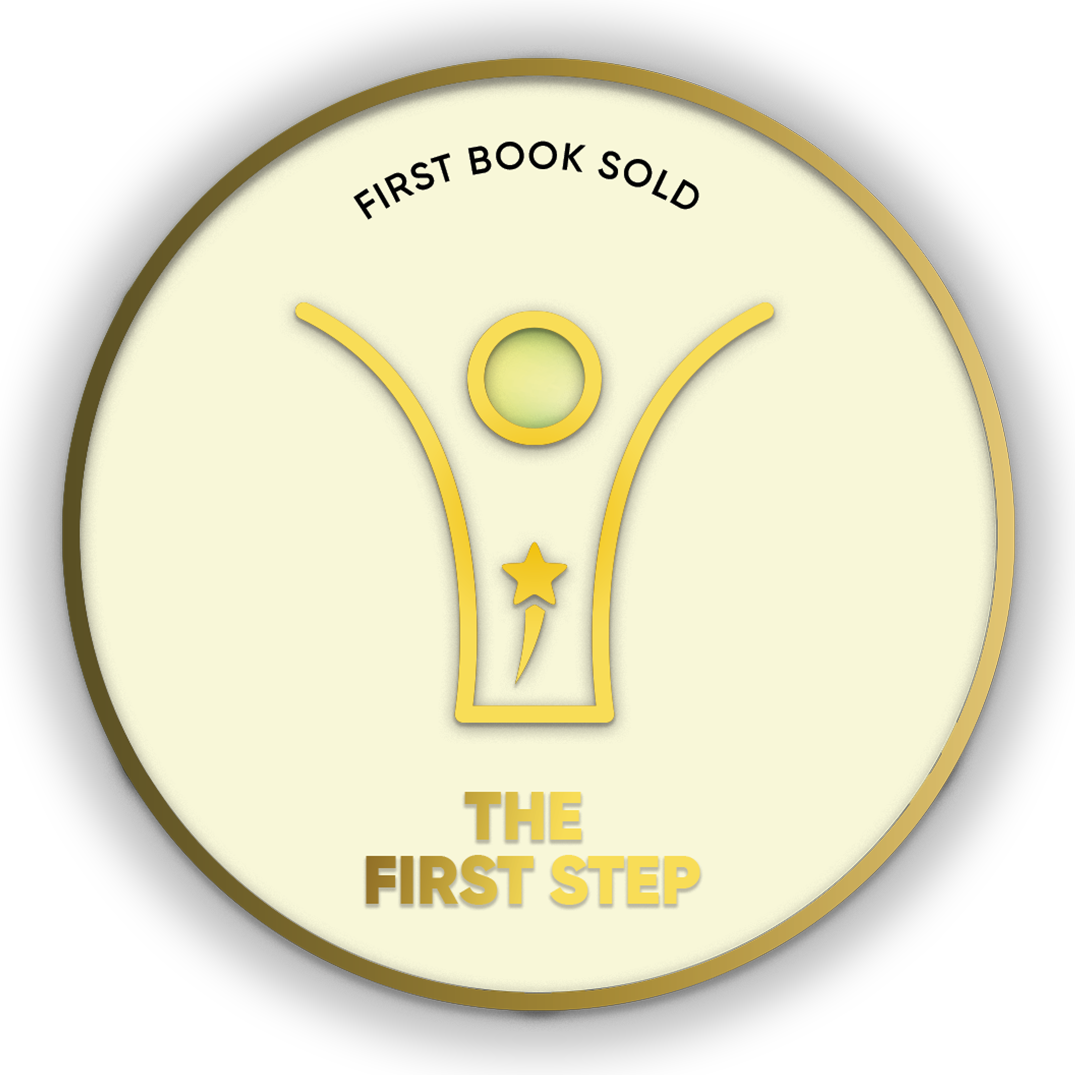
- Discover books
- For Writers
-
For Writers
-
Indie Author Championship
-
Challenges
Writing Contests
- Get Started

"It was a wonderful experience interacting with you and appreciate the way you have planned and executed the whole publication process within the agreed timelines.”
Subrat SaurabhAuthor of Kuch Woh Pal -
Crop your profile image

The Mathematics Behind The Music Volume - 2
Books by Paul Nishanth F
The relation to music and Mathematics is quite a thick topic to discuss because, in a very general sense, music is mathematics. It is a difference and consistency of changes in melody and rhythm that generates sound in a way that we enjoy and appreciate it. Many different applications have been used to describe these changes from logarithmic fluctuation in sound wave frequency to the difference and scale relations of transposed music. This topic interest
The relation to music and Mathematics is quite a thick topic to discuss because, in a very general sense, music is mathematics. It is a difference and consistency of changes in melody and rhythm that generates sound in a way that we enjoy and appreciate it. Many different applications have been used to describe these changes from logarithmic fluctuation in sound wave frequency to the difference and scale relations of transposed music. This topic interests me in particular because I have always loved composing music and the differences in melodies via Music theory. Being both a mathematician and a musician I’ve never been terribly impressed with, and consequently interested in, attempts to combine the two.
It is perhaps even more surprising that music, with all its passion and emotion, is also based upon mathematical relationships. Such musical notions as octaves, chords, scales, and keys can all be demystified and understood logically using simple mathematics.
Mathematical models can be found from theoretical analysis to actual composition or sound production. Increasingly in the last few decades, musical scholarship has incorporated modern mathematical content. One example is the application of methods from Algebraic Combinatorics, or Topology and Graph Theory, to the classification of different musical objects. However, these applications of mathematics in the understanding of music have also led to interesting open problems in mathematics itself.
THE BEHAVIOR OF JUMP DISCONTINUOUS FUNCTION IN TIMBRE
Books by Paul Nishanth F
I have decided to show you that how mathematics is related to music. The structure of every musical instruments is related to the applied topics of mathematics like, logarithms, golden ratio, etc., Many of the people don’t like mathematics, but in this topic, you can practically knows about that how music is related to the mathematical concepts. We will explain each and every concept in a simple way that you can realize that our sensitivity to sound is l
I have decided to show you that how mathematics is related to music. The structure of every musical instruments is related to the applied topics of mathematics like, logarithms, golden ratio, etc., Many of the people don’t like mathematics, but in this topic, you can practically knows about that how music is related to the mathematical concepts. We will explain each and every concept in a simple way that you can realize that our sensitivity to sound is linked to the logic of our brains. Every musical instruments have distinct sounds while playing the same frequency. Many people knows about that the music is continuous in one frequency. But in the quality of the sound, the discontinuity occurs in some musical instruments. We can see how the discontinuity occurs in such behavior of the musical waveform in one frequency.
The Beauty of Mathematics in Music
Books by Paul Nishanth F
The attempt to structure and communicate new ways of composing and hearing music has led to
musical applications of set theory, abstract algebra and number theory. Some composers have
incorporated the golden ratio and Fibonacci numbers into their work.
Though ancient Chinese, Indians, Egyptians and Mesopotamians are known to have studied the
mathematical principles of sound, the Pythagoreans (in particular Philolaus and Archytas) of
ancient
The attempt to structure and communicate new ways of composing and hearing music has led to
musical applications of set theory, abstract algebra and number theory. Some composers have
incorporated the golden ratio and Fibonacci numbers into their work.
Though ancient Chinese, Indians, Egyptians and Mesopotamians are known to have studied the
mathematical principles of sound, the Pythagoreans (in particular Philolaus and Archytas) of
ancient Greece were the first researchers known to have investigated the expression of musical
scales in terms of numerical ratios, particularly the ratios of small integers. Their central
doctrine was that "all nature consists of harmony arising out of numbers".
From the time of Plato, harmony was considered a fundamental branch of physics, now known
as musical acoustics. Early Indian and Chinese theorists show similar approaches: all sought to
show that the mathematical laws of harmonics and rhythms were fundamental not only to our
understanding of the world but to human well-being. Confucius, like Pythagoras, regarded the
small numbers 1,2,3,4 as the source of all perfection.

Are you sure you want to close this?
You might lose all unsaved changes.
Select from one of our global stores to continue
 India
India
 Malaysia
Malaysia
 Singapore
Singapore
 UAE
UAE
Warning Message
The items in your Cart will be deleted, click ok to proceed.











